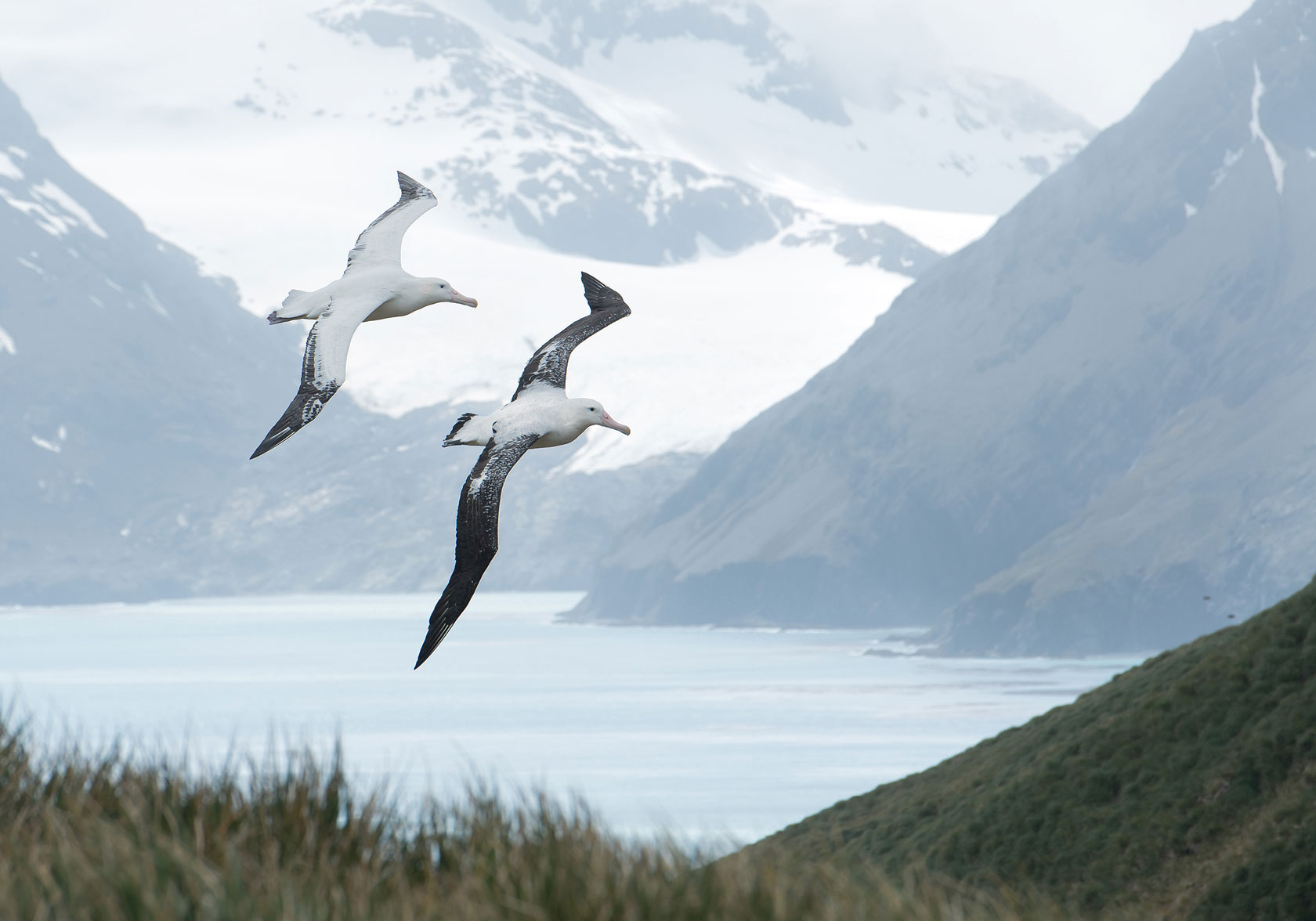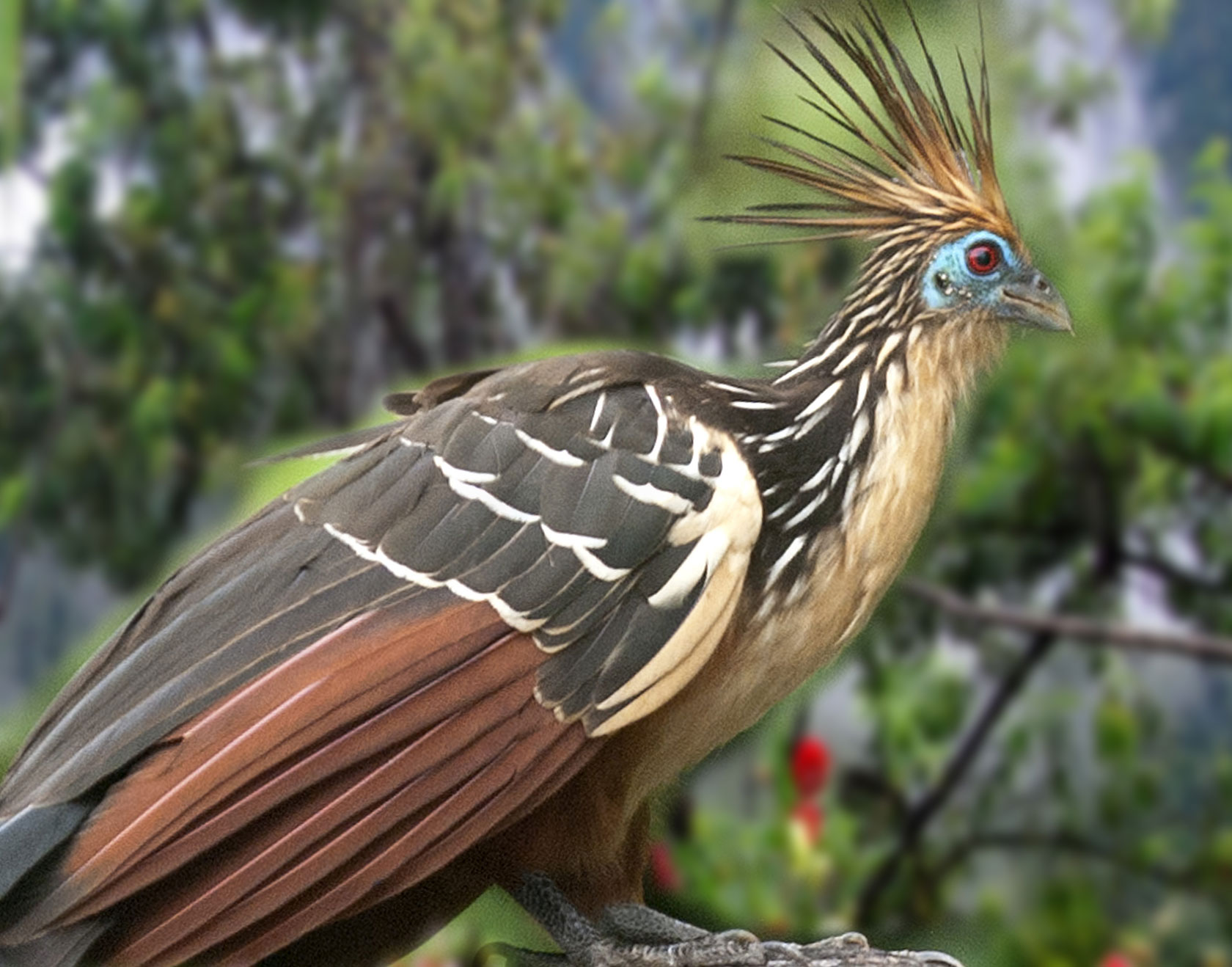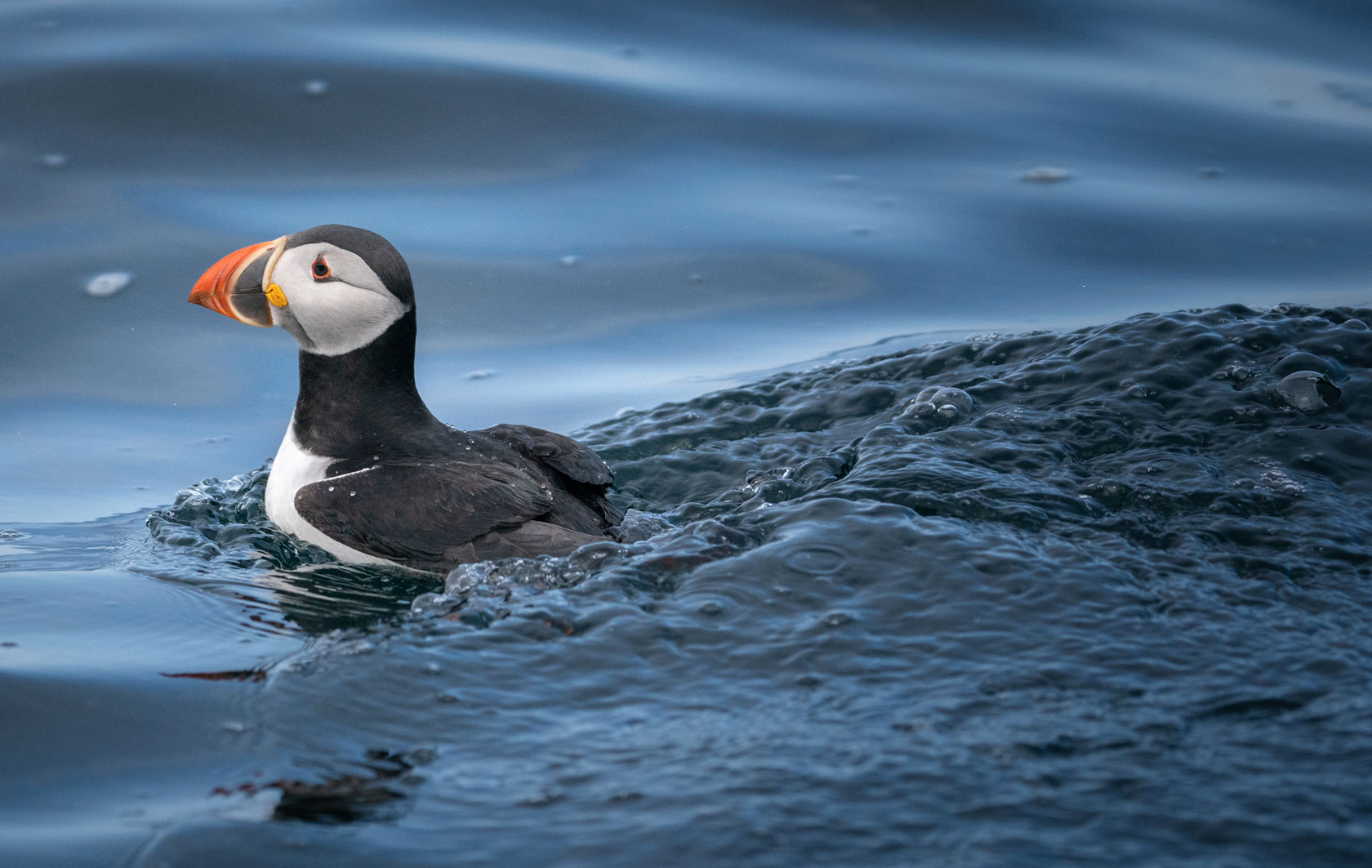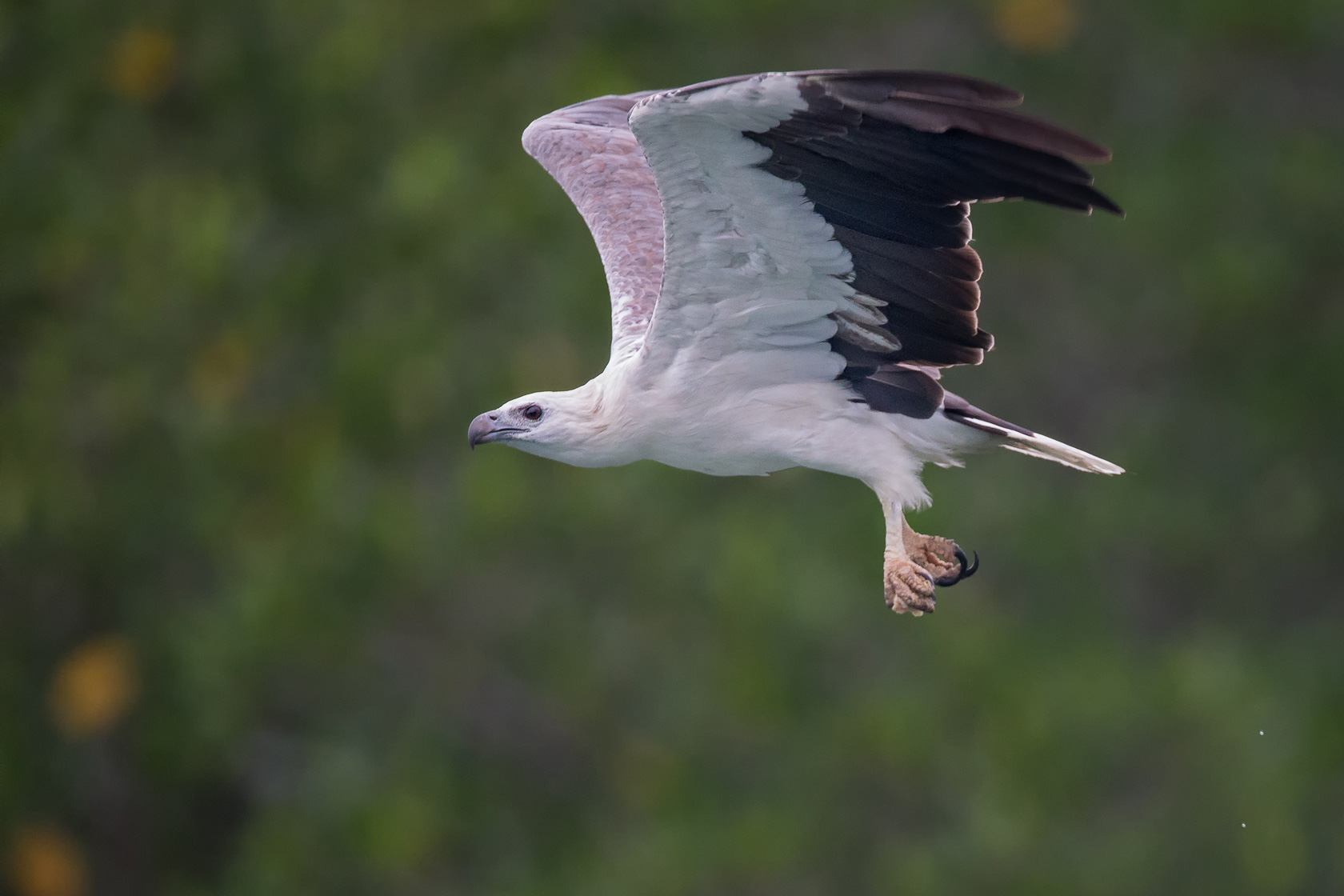12 of the world’s must-see birds and the best places to see them.
Did you know that an ultra-luxury Seabourn expedition provides amazing birding opportunities, since these purpose-built ships can access remote locations that many travelers will never see? Whether you’re a birdwatcher who travels great distances to add to your “life list” — or just an everyday bird lover, travel by sea is a wonderful way to see the world’s most amazing birds. Your birding experience can be taken to a whole new level on an ultra-luxury Seabourn Expedition, where the team includes naturalists who can guide you to hard-to-reach bird habitats and provide fascinating information about species in each location.
So, get your camera ready and start planning your ultimate birding adventure. Here’s a quick guide to 12 of the world’s most wonderful birds, and where you look for them on a Seabourn Expedition voyage.
For many travelers looking for new and unexpected destinations, the Kimberley ticks all the boxes. “Australia’s final frontier” is filled with jaw-dropping natural wonders, and an incredibly diverse array of birds. Two of the most unique species that can be seen here are the beach stone curlew and the white-bellied sea eagle.
The beach stone curlew, also known as the beach thick-knee, is a non-migratory shore bird that can be shy, though less so in remote regions like The Kimberley. It is one of the of the world’s biggest shorebirds with a large bill, strong legs and short tail. Montgomery Reef is a prime curlew viewing spot, where you may see them hunting for their prey along the shore, especially around sunset.
With a wingspan of up to 2.2 meters (7.2 feet), the majestic, white-bellied sea eagle is the second largest raptor in Australia. You can catch a glimpse of these awe-inspiring birds soaring over the water, perched on rocks or hunting their prey. As their name makes clear, these birds have a white underbody and a slate gray back and wings, making for a striking profile in the sky.
In the South Pacific, two of the many amazing birds you can encounter are the Stephen's lorikeet and the many-colored fruit dove.
It’s a true privilege, and a birder’s dream, to see a Stephen’s lorikeet, as this unique parakeet is endemic to Henderson Island, part of the Pitcairn Group of islands — and fewer than 1900 are known to be in existence. The Stephen’s lorikeet is mostly red and green, with a brilliant red patch on its face that extends to its underside. These rare birds tend to be found in Henderson Island’s coastal palms feeding on coconuts, or in dense inland foliage.
The many-colored fruit dove, found in Tonga, Fiji and Samoa is simply bursting with colors. The female has a spotted green and gray breast and a light gray head, while the male is pale yellow white with a bright red crown and band or “shawl” across the back. Both sexes have green wings and upper tail, and a red or yellow undertail depending on the subspecies. No matter which one you spy, they are truly a sight to behold.
Atlantic puffins, sometimes called the Clowns of the Sea, are surely one of the most adored seabirds. The British Isles provide many opportunities to see them, with nearly 600,000 puffins migrating there to breed each spring. Whether you see them diving for their food at sea, or raising their chicks called pufflings, encountering these true seabirds is a delight. The best times to see puffins is from spring through mid-summer when they gather in many coastal areas for breeding season.
A voyage to Scotland is a wonderful way to encounter puffin colonies, especially at the RSPB Scotland nature reserve of Copinsay, where 700 puffins can be seen by the reserve’s dramatic vertical cliffs.
If you are a puffin fan, you might have seen the Shetland Islands’ “puffin cam” allowing you to see what your favorite birds are doing anytime during the season! But why just watch the live stream when you can see puffins in person? At the Shetlands’ Sumburgh Head, breeding colonies are easy to see – and the lovely lighthouse and cliffs make for the perfect puffin viewing day.
The Hebrides, off the west coast of Scotland, are also a lovely destination for puffin-viewing. The Inner Hebrides’ Isle of Lunga, part of the Treshnish Isles, is famous for its puffin colony, along with other extraordinary wildlife. In the Outer Hebrides Islands, you won't want to miss the UNESCO World Heritage Site of St Kilda, a key breeding location for puffins and other seabirds.
Another puffin-rich Island in the United Kingdom is Rathlin, off the coast of Northern Ireland. Bird lovers from around the world make the trip there just to enjoy the puffin spectacle.
To see the wandering albatross – one of the world’s largest birds — in a setting like no other, put the Southern Ocean, surrounding the Antarctic Peninsula and South Georgia, on your dream destination list. With a remarkable wingspan of up to 11 feet, and the ability to soar for hours without flapping their wings, the wandering albatross is truly an awe-inspiring sight. If you’re lucky enough to see one soaring behind your expedition ship, you’ll want to grab your camera.
At the other end of the size spectrum, Adélie penguins are the second smallest penguin species in Antarctica but are an equally intriguing sight. A voyage to the Antarctic Sound, with its “Iceberg Alley” is perhaps the most spectacular place to encounter the adorable Adélies.
The hoatzin has quite a few nicknames, including “The Amazon’s strangest bird”, “stinkbird” and “flying cow.” It certainly has an unusual appearance, with maroon eyes surrounded by brilliant blue, and an orange mohawk-like crest. Some might call the hoatzin strange, but it’s quite stunning in its own way. (It doesn’t look like a cow – but it does have multiple stomachs to process its food!) Hoatzins live in the Amazon basin and can be found in the swamps, riparian forests, oxbow lakes, and mangroves of the region.
The ivory gull lives further north than most bird species on Earth. Many bird lovers dream of spotting ivory gulls in the Arctic, since they may number under 20,000 worldwide. Their Latin name, Pagophila eburnea, literally translates to “lover of sea ice” and “ivory-coloured”. These birds of the pack ice are gleaming white, with a unique bill that is blue with an orange or yellow tip. They are often seen following polar bears to feed on the carcasses they leave behind.
The Brunnich's guillemot, also known as the "thick-billed murre", is another memorable bird birders look forward to seeing when visiting the Arctic Svalbard archipelago, one of the most wildly beautiful and untouched places on the planet, as it is among the best places to seek them out. Thousands of guillemots gather on Svalbard’s Spitsbergen cliffs, filling nearly every available spot. It’s a spectacle that will stay with you forever.
The Atlantic yellow-nosed albatross only breeds in the Tristan da Cunha Islands in the South Atlantic Ocean — the most remote inhabited archipelago in the world, reachable only by sea. As you can guess by the name, this bird is known for having a bright yellow-orange stripe atop its black bill. While the Atlantic yellow-nosed albatross is a massive bird, with a wingspan of about two meters, it is one of the slightest albatross species. The black margin around the edge of its white underwing makes this seabird a wonderful sight to behold in flight.
Another bird you will likely only see on the Tristan da Cunha islands is the Northern rockhopper penguin, also known as Moseley’s rockhopper. The largest breeding colony — estimated at over 100,000 pairs — is found on Gough Island, one of the three islands in the archipelago. The head of this diminutive penguin, whose total body weight is only about 5 pounds, is quite colorful, with a long yellow crest, bright red eyes and a reddish bill. You won’t be able to miss this especially animated penguin, with its raucous barking and braying that sends loud and clear messages to colony members and predators alike.
These 12 birds on the list only scratch the surface of the remarkable array of winged wonders you can experience on an ultra-luxury Seabourn Expedition adventure to some of the world’s best birdwatching destinations.
Consider these upcoming voyages:
18-Day World Cruise: Hawaii & French Polynesia
DEPARTS: Long Beach, California, US
ARRIVES: Papeete, French Polynesia
Jan 6, 2026
from $6,884*
Explore Itinerary*Per Person, USD. Taxes and Fees are included. Additional terms apply.
16-Day World Cruise: South Pacific Discovery
DEPARTS: Papeete, French Polynesia
ARRIVES: Auckland, New Zealand
Jan 24, 2026
from $8,669*
Explore Itinerary*Per Person, USD. Taxes and Fees are included. Additional terms apply.
13-Day Antarctica Exploration
ROUNDTRIP: Buenos Aires
Jan 25, 2026
from $18,699*
Explore Itinerary*Per Person, USD. Taxes and Fees are included. Additional terms apply.
 Wandering Albatross
Wandering Albatross
 Hoatzin
Hoatzin
 Puffin
Puffin
 White-bellied Sea Eagle
White-bellied Sea Eagle
Consider these upcoming voyages:
18-Day World Cruise: Hawaii & French Polynesia
DEPARTS: Long Beach, California, US
ARRIVES: Papeete, French Polynesia
Jan 6, 2026
from $6,884*
Explore Itinerary*Per Person, USD. Taxes and Fees are included. Additional terms apply.
16-Day World Cruise: South Pacific Discovery
DEPARTS: Papeete, French Polynesia
ARRIVES: Auckland, New Zealand
Jan 24, 2026
from $8,669*
Explore Itinerary*Per Person, USD. Taxes and Fees are included. Additional terms apply.
13-Day Antarctica Exploration
ROUNDTRIP: Buenos Aires
Jan 25, 2026
from $18,699*
Explore Itinerary*Per Person, USD. Taxes and Fees are included. Additional terms apply.
Meet the awe-inspiring penguins of Antarctica, South Georgia and the Falkland Islands.
Take a deep dive into the sights, sounds and culture of Melanesia.
Australia’s geographical masterpiece is just waiting to be explored.
The amazing creatures of the South Pacific, in the air and under the sea

